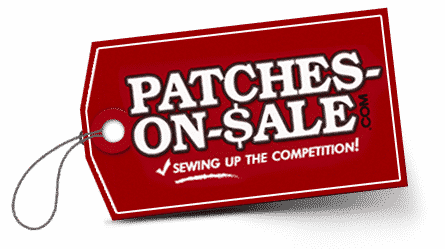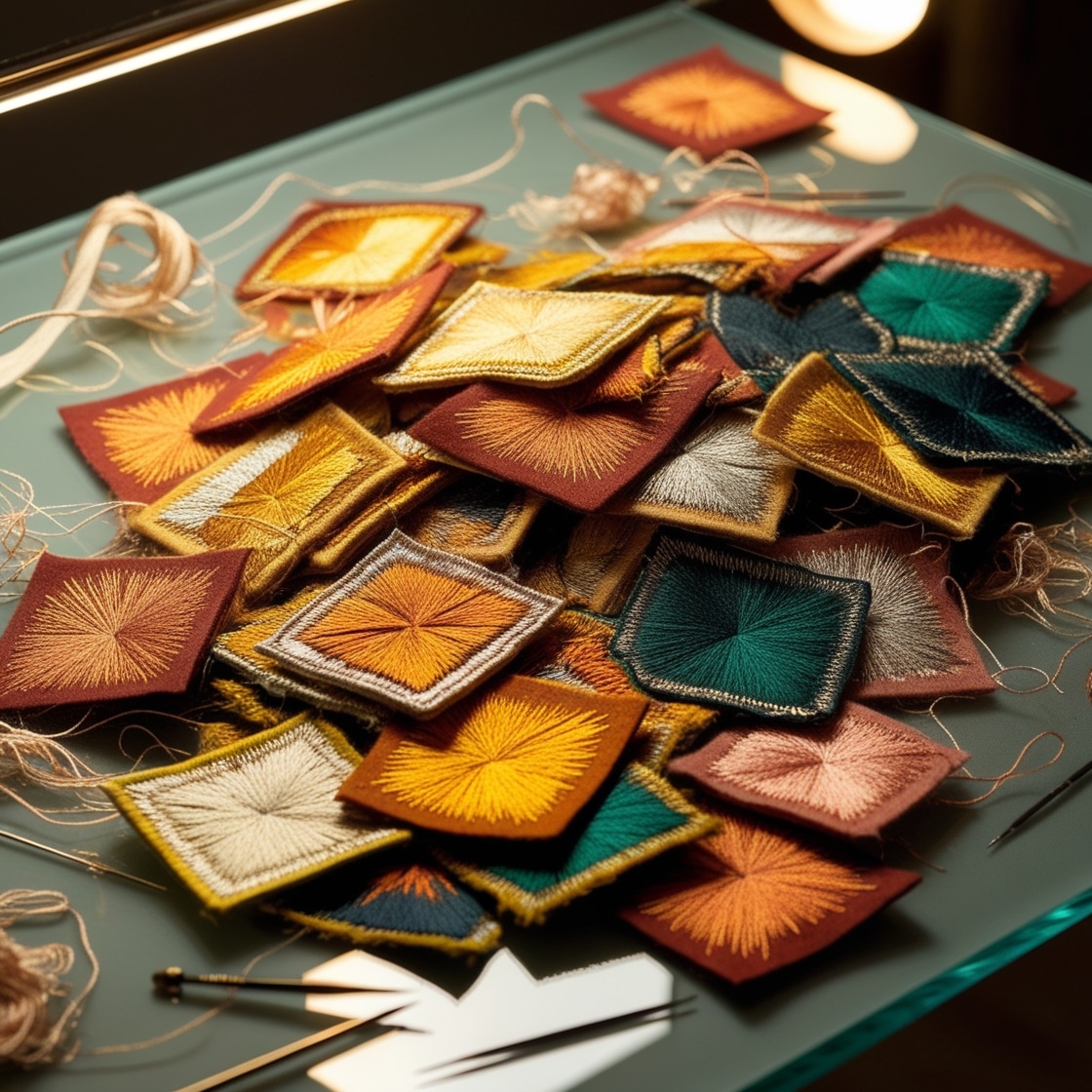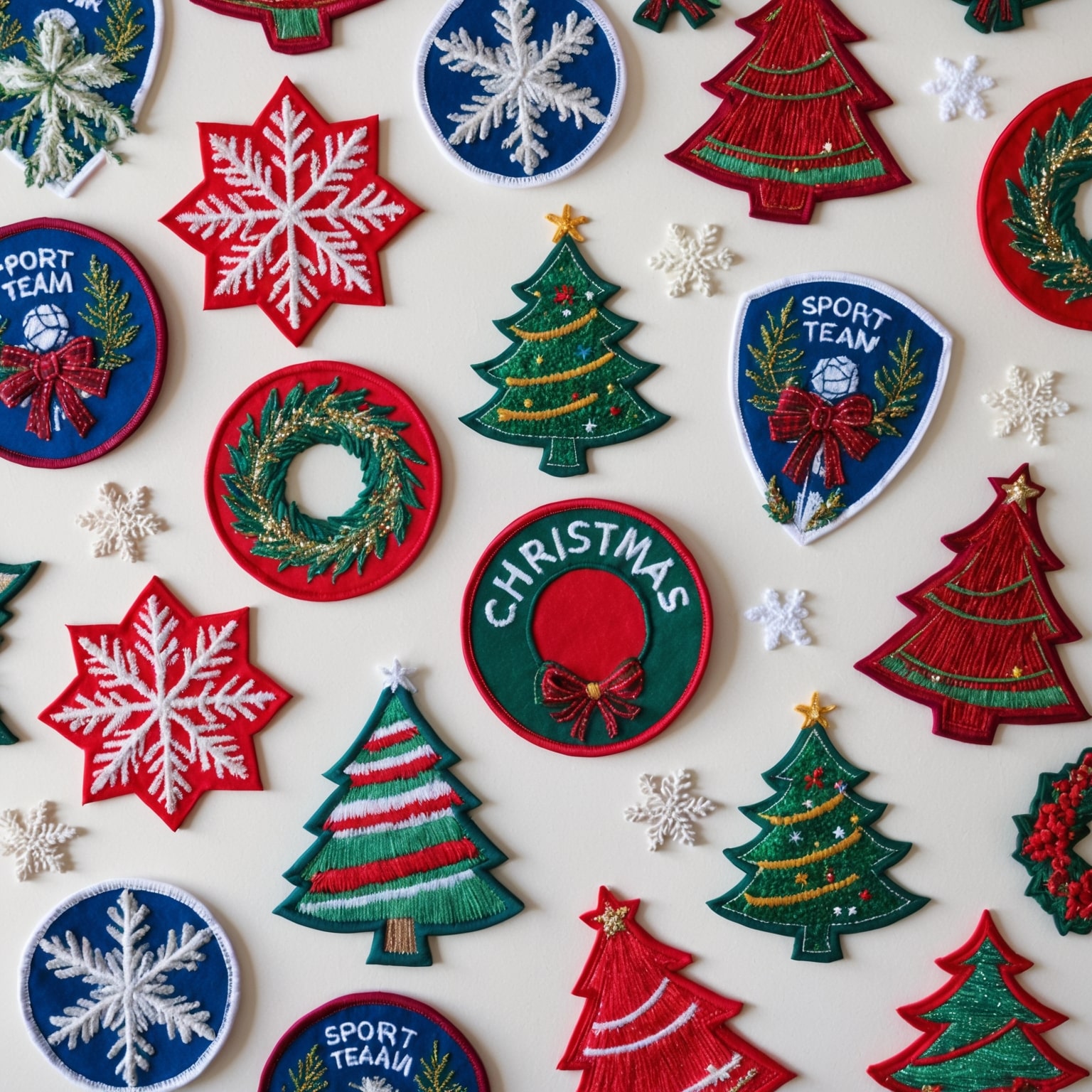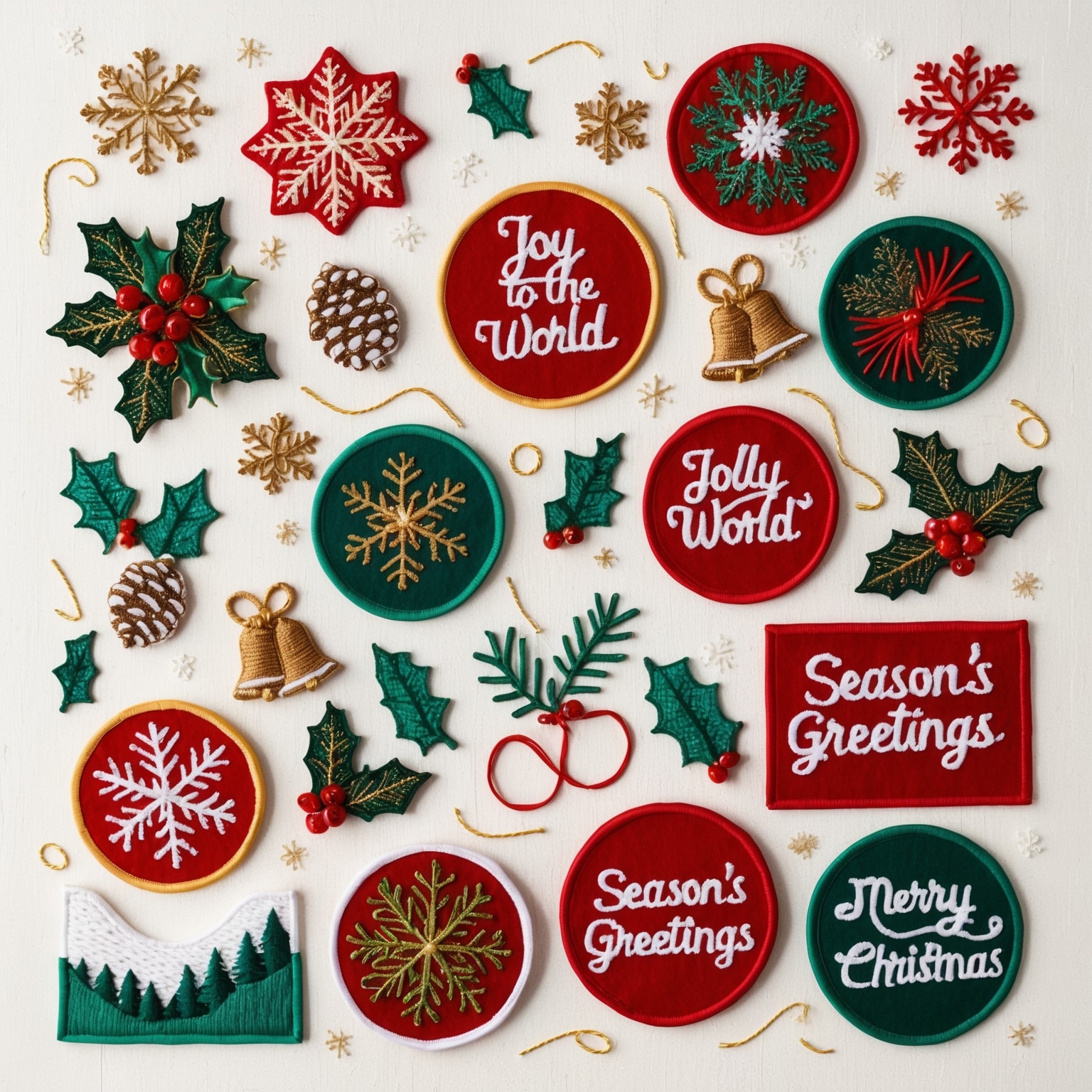Imagine this: you’ve spent weeks designing the perfect embroidered patch for your organization, club, or event. The design is spot-on, the colors are vibrant, and you can’t wait to see it on jackets, hats, or bags. But when the patches arrive, they’re not quite what you envisioned. The threads are fraying, the colors are dull, and the patch itself feels flimsy. Disappointed, you realize that the materials used in the creation of your patches are just as important as the design itself. In this article, we’ll explore why quality matters when choosing materials for your embroidered patches and provide tips on how to ensure your patches turn out perfectly.
The Difference Quality Makes
Consider this: A beautifully designed embroidered patch can turn a simple piece of clothing into a statement piece. However, if the patch is made with subpar materials, it can quickly degrade, losing its appeal and durability. High-quality materials not only enhance the visual impact of the patch but also ensure it stands the test of time.
The Importance of Quality in Embroidered Patches
Embroidered patches are used for various purposes—from branding and promotions to commemorating events and expressing personal style. The quality of these patches significantly impacts their appearance, durability, and overall effectiveness. Choosing the right materials is crucial to achieving the best results.
The Core Materials of an Embroidered Patch
Understanding the core materials used in creating embroidered patches is essential for ensuring the final product meets your expectations in terms of quality, durability, and aesthetic appeal. These materials include the base fabric, embroidery thread, backing, and border. Each plays a crucial role in the overall performance and appearance of the patch.
1. Base Fabric
The base fabric forms the foundation of the embroidered patch. It must be sturdy enough to support the embroidery while providing a smooth surface for the design.
- Cotton Twill: Cotton twill is a popular choice for embroidered patches due to its durability and smooth texture. It offers a stable base that can support detailed embroidery work. Cotton twill is also versatile and can be dyed in various colors, enhancing the vibrancy of the embroidered design.
- Polyester: Polyester fabrics are widely used for their strength, resistance to shrinking and wrinkling, and ability to hold vibrant colors. Polyester is particularly suited for patches that will be exposed to harsh conditions or require frequent washing. Its durability ensures the patch maintains its integrity over time.
- Felt: While less common, felt can add a unique texture and thickness to patches, making them stand out. Felt is ideal for patches that need to convey a sense of warmth or vintage appeal. However, it may not be as durable as cotton twill or polyester, so it’s best used for items that won’t undergo heavy use.
2. Embroidery Thread
The thread used in embroidery is another critical component, as it needs to be strong, vibrant, and resistant to fraying and fading.
- Rayon: Rayon threads are known for their sheen and smooth texture, making them ideal for intricate designs and bright, eye-catching colors. Rayon is also soft and flexible, which is beneficial for patches that will be applied to clothing worn close to the skin.
- Polyester: Polyester threads are highly durable, colorfast, and resistant to bleach and other chemicals. They are perfect for patches that will be washed frequently or exposed to harsh conditions. Polyester threads maintain their color and strength over time, ensuring the patch remains vibrant and intact.
3. Backing
The backing of an embroidered patch affects its application and durability. Different types of backing serve different purposes, and choosing the right one depends on how the patch will be used.
- Iron-On Backing: Iron-on backing has a heat-activated adhesive that allows patches to be applied with an iron. This type of backing is convenient for casual wear and easy application. However, it may not withstand repeated washing as well as other types of backing.
- Sew-On Backing: Sew-on patches are attached using a needle and thread, providing a more secure and durable attachment. Sew-on backing is ideal for items that will undergo heavy use, such as uniforms or outdoor gear, as it ensures the patch stays firmly in place.
- Velcro Backing: Velcro-backed patches are versatile and can be easily attached and removed. This type of backing is popular in military and tactical applications, where patches need to be changed frequently. Velcro backing allows for quick customization and reconfiguration.
4. Border
The border of a patch not only adds a finishing touch but also helps prevent fraying. There are two primary types of borders used in embroidered patches:
- Merrowed Border: The merrowed border, also known as overlocked edging, involves stitching around the edges of the patch with thread. This traditional border style is durable and provides a clean, finished look. It is suitable for simple shapes like circles, squares, and rectangles.
- Heat-Cut Border: Heat-cut borders are created by sealing the edges of the patch with heat. This method allows for more intricate shapes and designs that might not be feasible with a merrowed border. While heat-cut borders offer more design flexibility, they may be less durable than merrowed borders, especially if the patch is subjected to heavy use.

The Impact of Quality on Embroidered Patches
Choosing high-quality materials for your embroidered patches ensures several key benefits:
1. Enhanced Appearance: High-quality threads and fabrics produce vibrant, sharp, and detailed designs that catch the eye and stand out. Poor-quality materials can result in dull colors, loose threads, and an overall unprofessional appearance.
2. Durability: Durable materials withstand wear and tear, repeated washing, and exposure to the elements. This is especially important for patches used on uniforms, outdoor gear, and other frequently used items. High-quality patches retain their shape, color, and integrity over time.
3. Comfort: Patches made with quality materials are more comfortable to wear. Inferior fabrics and threads can cause itching and discomfort, especially on clothing items worn close to the skin.
4. Professionalism: For businesses and organizations, the quality of embroidered patches reflects their brand image. High-quality patches convey professionalism, attention to detail, and a commitment to excellence.
Addressing Common Concerns
Cost Concerns: One common objection to investing in high-quality materials is the cost. While it’s true that superior materials can be more expensive, the benefits far outweigh the initial investment. High-quality patches last longer, look better, and provide better value in the long run. Additionally, many suppliers offer bulk discounts, making it more affordable to order high-quality patches in larger quantities.
Complexity in Selection: Another concern is the perceived complexity of choosing the right materials. However, many reputable patch manufacturers offer guidance and samples to help you select the best materials for your needs. Don’t hesitate to ask for advice or examples to ensure you’re making an informed decision.
Imagine the Possibilities
Imagine a world where every embroidered patch you create is a perfect representation of your vision—vibrant, durable, and professional. Achieving this level of quality is possible when you choose the right materials. So, how can you ensure you’re making the best choices?
Tips for Choosing the Best Materials for Your Embroidered Patches
1. Research and Sample: Start by researching different materials and their properties. Request samples from suppliers to compare the look, feel, and durability of various options. Seeing and handling the materials firsthand can help you make an informed decision.
2. Consider the Application: Think about how the patches will be used. Will they be subjected to frequent washing? Will they be exposed to harsh conditions? Choose materials that are suitable for the intended use to ensure longevity and performance.
3. Consult with Experts: Work with experienced patch manufacturers who can provide insights and recommendations based on your specific needs. Their expertise can guide you in selecting the best materials for your project.
4. Test for Quality: Before committing to a large order, test a small batch of patches to assess their quality. Check for colorfastness, durability, and overall appearance. This step can help you avoid costly mistakes and ensure satisfaction with the final product.
5. Balance Cost and Quality: While it’s essential to stay within budget, prioritize quality where it matters most. Investing in better materials for key elements like the base fabric and embroidery thread can significantly enhance the overall quality of your patches.
Elevate Your Embroidered Patches with Quality Materials
Choosing the best materials for your embroidered patches is a crucial step in creating products that are not only visually appealing but also durable and professional. High-quality patches enhance your brand image, provide better value, and ensure that your designs are represented accurately and beautifully.
By understanding the importance of each component—base fabric, embroidery thread, backing, and border—and considering factors like application and durability, you can make informed decisions that elevate your embroidered patches to the next level. Remember, the investment in quality materials pays off in the long run, ensuring that your patches remain vibrant and intact, leaving a lasting impression on all who see them.
For further reading and to explore high-quality embroidered patch options, visit reputable suppliers and manufacturers who can guide you in creating the perfect patches for your needs. Happy designing!
If you are interested in purchasing high-quality custom patches, feel free to call us at 1-877-503-8485 or fill out one of our free quotes here.




